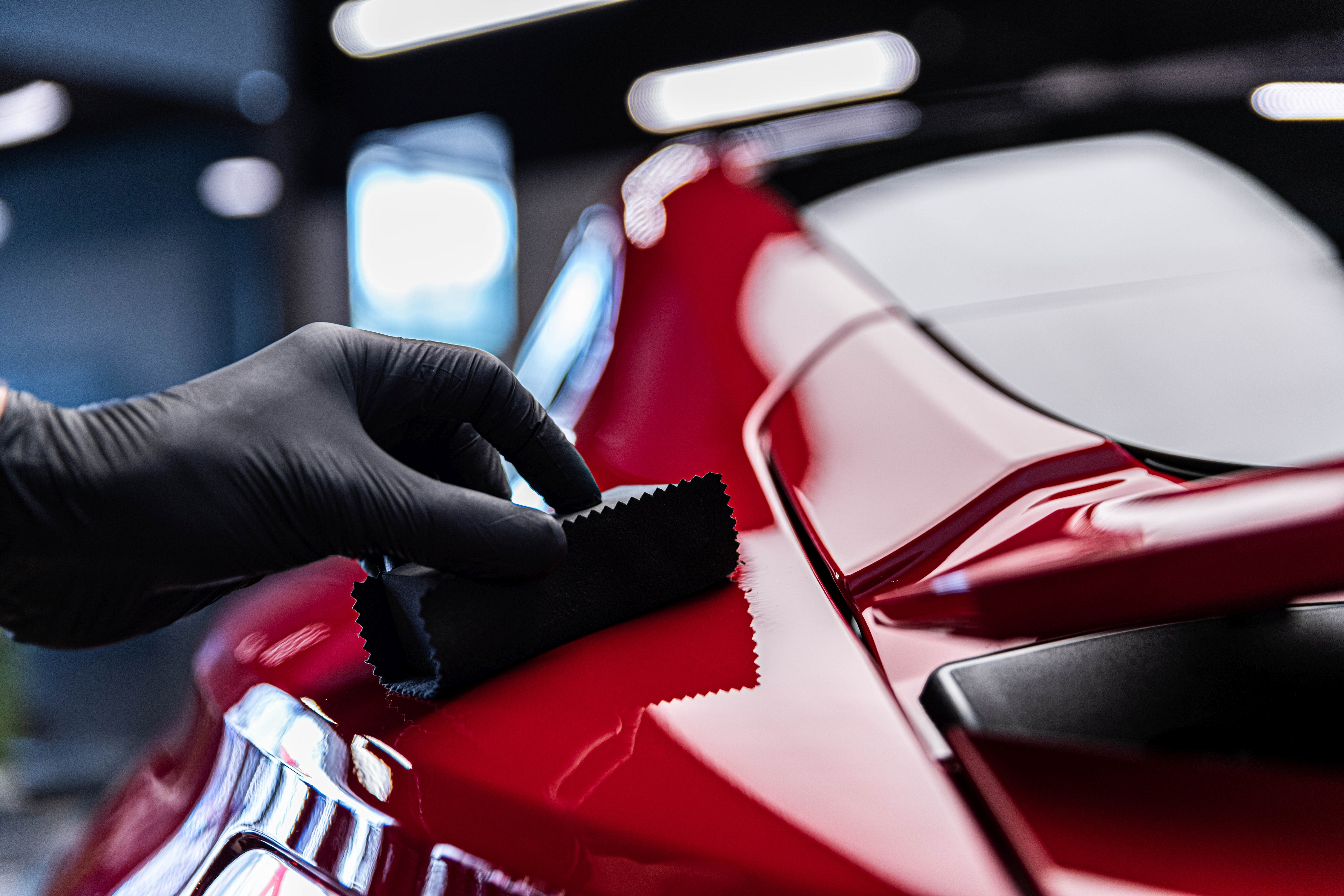Get professional ceramic coating Sarasota to protect your car’s paint.
Get professional ceramic coating Sarasota to protect your car’s paint.
Blog Article
A Comprehensive Guide to the Sorts Of Ceramic Coating on the Market
Ceramic coatings have emerged as a critical solution across numerous sectors due to their one-of-a-kind residential or commercial properties and applications. As we check out the unique features and applications of these coverings, the effects for performance and longevity end up being significantly apparent, increasing inquiries concerning which type could ideal match your demands.
Comprehending Ceramic Coatings
Ceramic finishings are sophisticated protective remedies that have gotten appeal in numerous industries, particularly in automobile and aerospace applications. These finishings include a liquid polymer that, when cured, creates a durable, hydrophobic layer on the surface area of the substrate. This layer provides enhanced resistance to ecological pollutants, UV radiation, and chemical exposure, therefore expanding the life and aesthetic allure of the underlying product.
The fundamental component of ceramic finishings is silica, which adds to their hardness and toughness. The application process typically involves surface preparation, application of the finish, and curing, which can be accomplished with warmth or UV light. When treated, ceramic coverings exhibit phenomenal bonding buildings, allowing them to stick strongly to a variety of surface areas, consisting of steels, plastics, and glass.
In addition to their safety functions, ceramic coatings likewise provide ease of upkeep. Their hydrophobic nature lowers the adherence of dirt and gunk, making cleaning less complex and much less frequent. Overall, the fostering of ceramic layers represents a considerable innovation in surface protection modern technology, giving both functional and visual benefits throughout multiple sectors.
Types of Ceramic Coatings
Different types of ceramic coatings are readily available, each created to meet particular efficiency requirements and applications - Paint Protection Film. The most usual types include:
Silica-based Coatings: These finishings largely include silicon dioxide and are understood for their durability and chemical resistance. They are commonly utilized in automobile and commercial applications.
Titanium Dioxide Coatings: Popular for their photocatalytic properties, titanium dioxide finishings are frequently used in atmospheres where self-cleaning and antifungal residential properties are preferable, such as in building materials and automobile finishes.
Zirconia Coatings: Defined by their high-temperature security and thermal resistance, zirconia finishes are utilized in applications such as turbine engines and high-performance automotive components.
Alumina Coatings: Exhibiting exceptional firmness and thermal security, alumina finishings are often used in wear-resistant applications, including cutting devices and industrial machinery. - Paint Protection Film
Hybrid Coatings: Incorporating the residential or commercial properties of various products, hybrid coatings provide improved efficiency qualities, making them ideal for distinct and demanding applications.
Each type of ceramic finishing offers distinct purposes, allowing users to pick the most appropriate solution based upon certain environmental problems and performance needs.
Advantages of Ceramic Coatings
Coatings play an important role in improving the efficiency and durability of surface areas throughout various sectors. Ceramic finishes, in particular, deal numerous advantages that make them progressively preferred among makers and customers alike. One of the key benefits is their extraordinary resilience. These finishings are resistant to scrapes, chemicals, and UV rays, guaranteeing that the underlying surface area remains protected gradually.
Along with resilience, ceramic finishes give outstanding hydrophobic residential properties, permitting very easy cleansing and upkeep. This water-repellent nature lessens the adherence of dirt, grime, and other contaminants, which can extend the visual allure and capability of the surface area. Ceramic layers can dramatically enhance thermal resistance, making them ideal for applications that endure high temperature levels.

Application Process
When using ceramic layers, a meticulous strategy is vital to accomplish ideal results. The application process check out this site commonly begins with detailed surface prep work. This involves washing, decontaminating, and brightening address the surface to eliminate all pollutants, including dust, grease, and prior waxes or sealers. A tidy surface guarantees appropriate attachment of the covering.
When the surface area is prepped, the next action is to use the ceramic coating. The finishing should be applied in slim layers, as thicker applications can lead to unequal finishes.
After application, the finish requires a details healing time, typically ranging from a couple of hours to a complete day, depending on the item. Complying with these actions carefully will take full advantage of the effectiveness and long life of the ceramic finish, providing a durable safety layer for the surface area.
Maintenance and Long Life
To ensure the longevity and performance of a ceramic layer, normal upkeep is crucial. Ceramic finishes, recognized for their longevity and protective high qualities, need specific care routines to optimize their life-span and performance.
Along with regular cleaning, routine evaluations are essential. Look for indications of wear or damages, such as hydrophobic buildings reducing why not try here or surface area blemishes. If required, a light gloss may be put on invigorate the coating without stripping it away.
Moreover, the application of a booster spray can improve the covering's hydrophobic impacts and restore its gloss. This is especially advantageous for layers that have been in use for a prolonged duration. Ultimately, by sticking to these upkeep techniques, one can dramatically expand the life of a ceramic finishing, guaranteeing that it remains to supply optimal security versus environmental elements and preserve the visual charm of the vehicle.
Verdict

Report this page